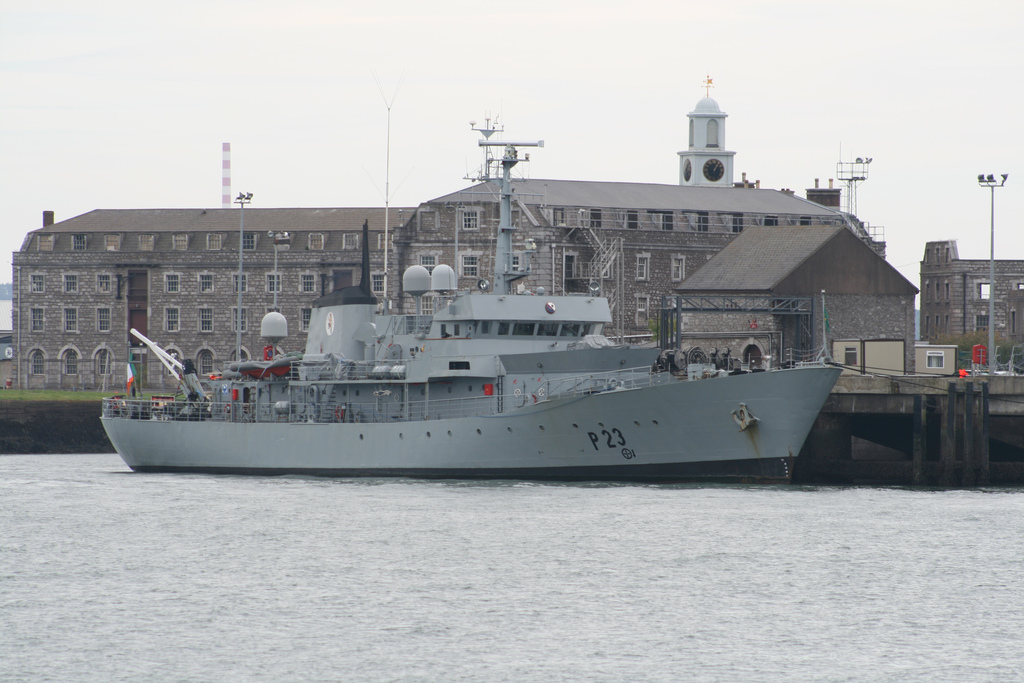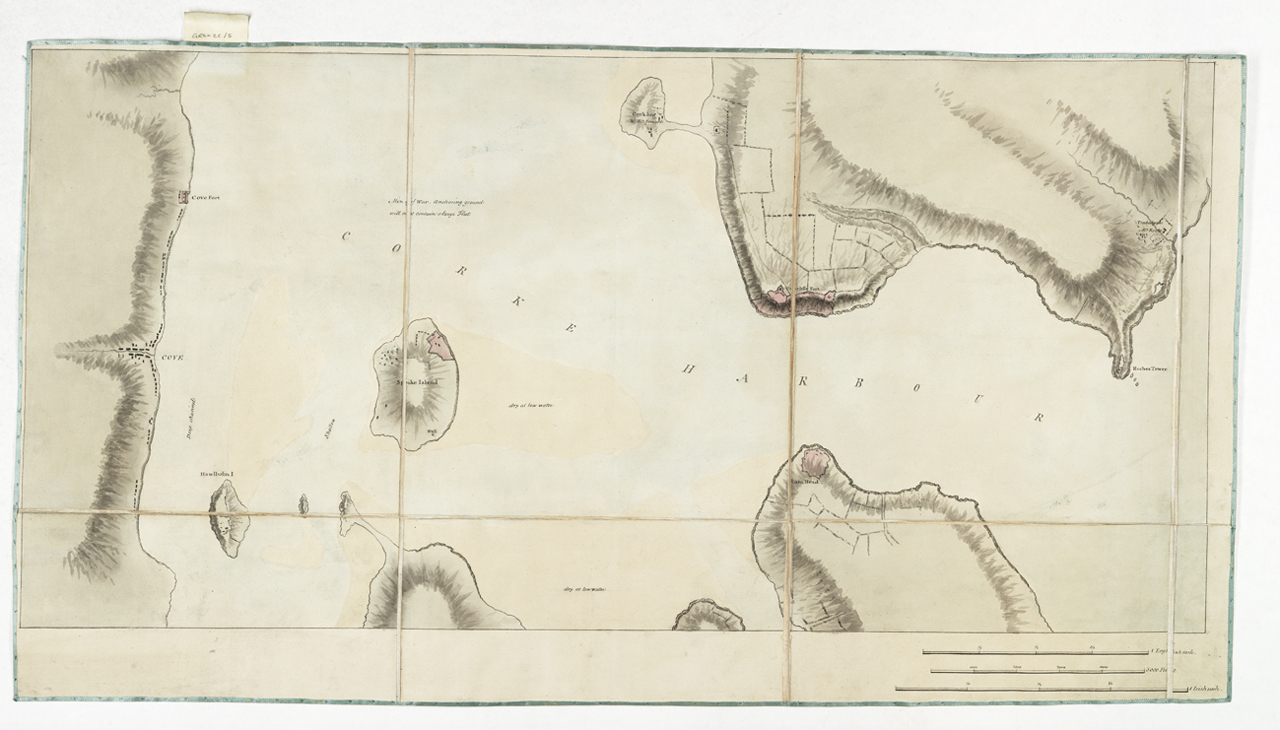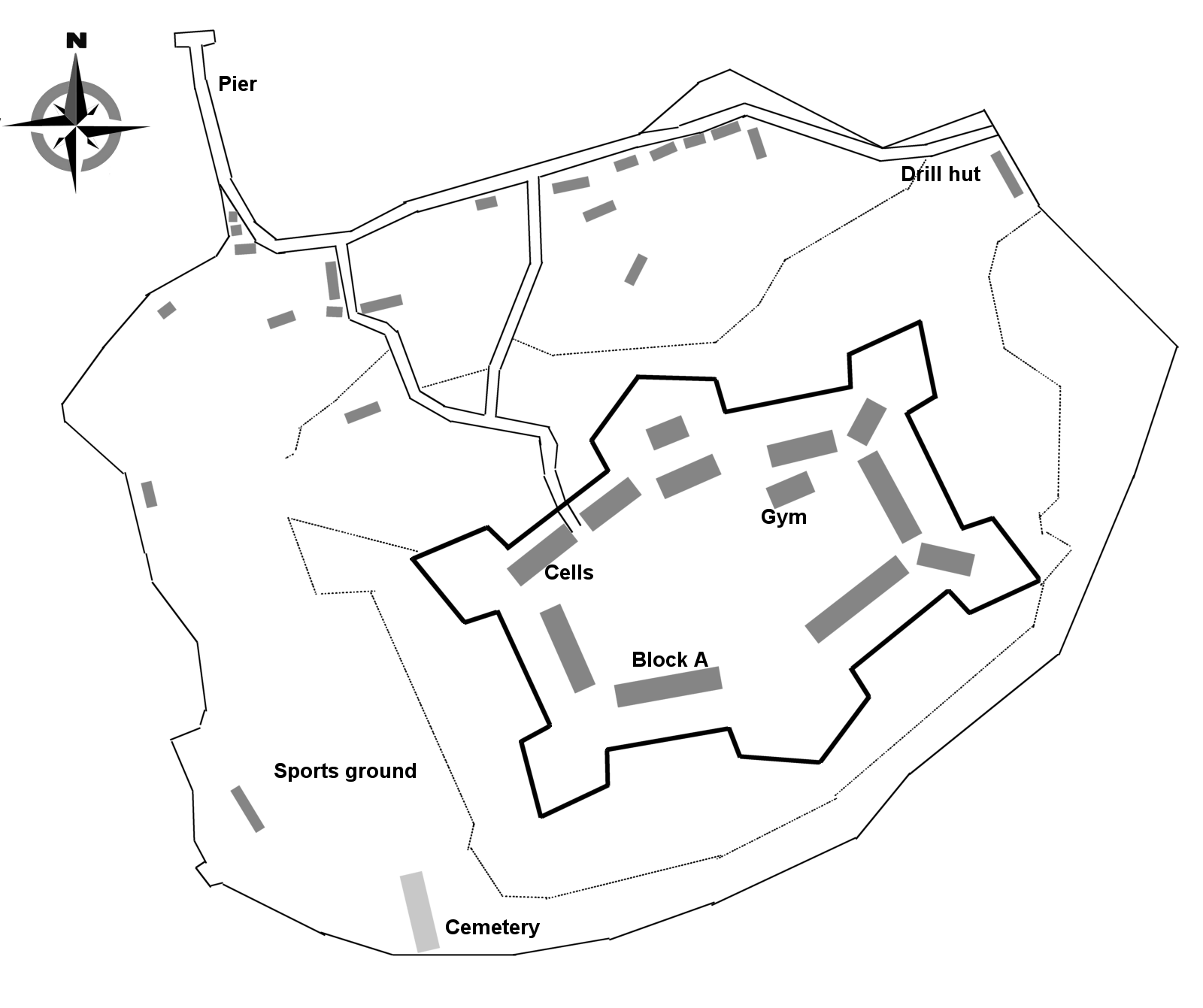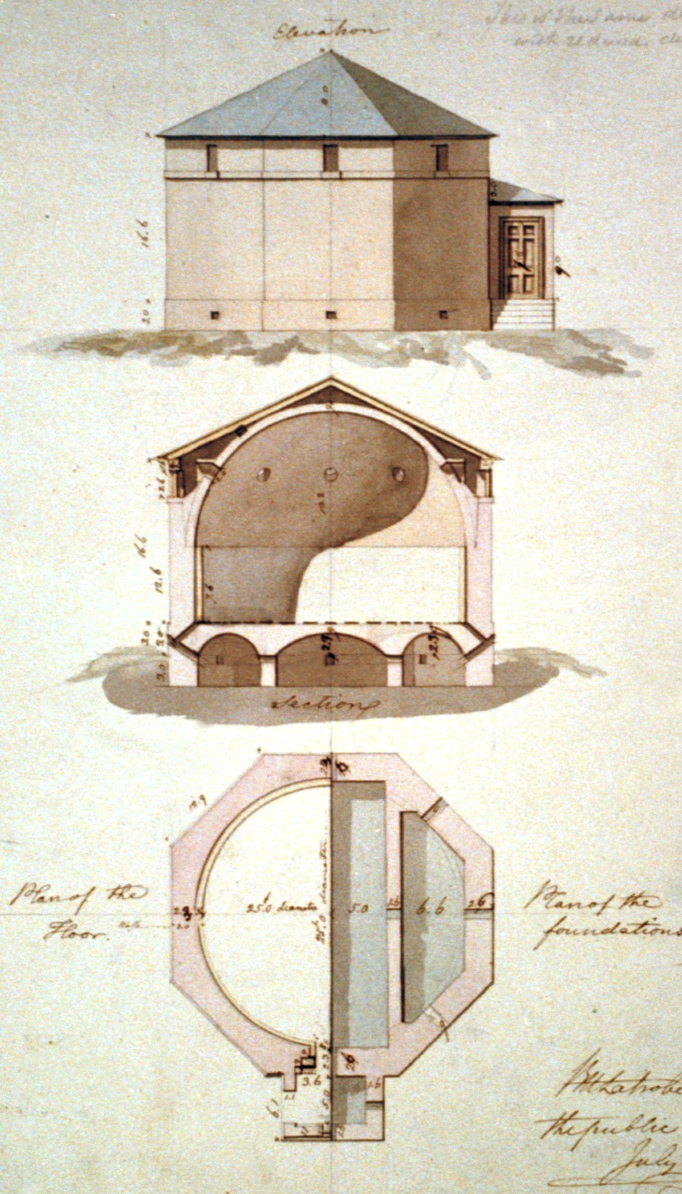|
Haulbowline
Haulbowline ( ga, Inis Sionnach; non, Ál-boling) is an island in Cork Harbour off the coast of Ireland. The world's first yacht club was founded on Haulbowline in 1720. The western side of the island is the main naval base and headquarters for the Irish Naval Service, with the eastern side previously used for heavy industry and later redeveloped as a park. Since 1966 the island has been connected to the mainland by a roadbridge. Etymology The island's name may derive from Old Norse ''ál-boling'' or similar = "eel dwelling" ("area where there are conger eels"). The 17th and 18th-century spellings end in "-ing"; there may have been nautical influence on the spelling later. The Irish language name for the island, ''Inis Sionnach'', translates to "island of the foxes". Demographics Naval history At a strategic and deepwater position in the harbour, the island has long been a military base. The island was first fortified in 1602, and initially an important base for the Briti ... [...More Info...] [...Related Items...] OR: [Wikipedia] [Google] [Baidu] |
Cork Harbour
Cork Harbour () is a natural harbour and river estuary at the mouth of the River Lee in County Cork, Ireland. It is one of several which lay claim to the title of "second largest natural harbour in the world by navigational area" (after Port Jackson, Sydney). Other contenders include Halifax Harbour in Canada, Trincomalee Harbour in Sri Lanka and Poole Harbour in England. The harbour has been a working port and a strategic defensive hub for centuries, and it has been one of Ireland's major employment hubs since the early 1900s. Traditional heavy industries have waned since the late 20th century, with the likes of the closure of Irish Steel in Haulbowline and shipbuilding at Verolme. It still has strategic significance in energy generation, shipping, refining and pharmaceuticals development. Geography The main tributary to the harbour is the River Lee which, after flowing through Cork city, passes through the upper harbour (Lough Mahon) in the northwest before passing to the we ... [...More Info...] [...Related Items...] OR: [Wikipedia] [Google] [Baidu] |
Irish Naval Service
The Naval Service ( ga, An tSeirbhís Chabhlaigh) is the maritime component of the Defence Forces of Ireland and is one of the three branches of the Irish Defence Forces. Its base is in Haulbowline, County Cork. Though preceded by earlier maritime defence organisations, the Naval Service was formed in 1946. Since the 1970s a major role of the Naval Service has been the provision of fisheries protection in Ireland's exclusive economic zone (EEZ). Other roles include sea patrol, surveillance, and smuggling prevention. Occasionally the service undertakes longer missions in support of other elements of the Defence Forces, Irish peacekeepers serving with the United Nations, or humanitarian and trade missions. From July 2017 the Naval Service has participated in the European External Action Service mission which focuses a number of EU navies on humanitarian and training roles in the Mediterranean. This mission entitled "EU Navfor Med" is the first time Ireland has taken part in a m ... [...More Info...] [...Related Items...] OR: [Wikipedia] [Google] [Baidu] |
Royal Navy Dockyard
Royal Navy Dockyards (more usually termed Royal Dockyards) were state-owned harbour facilities where ships of the Royal Navy were built, based, repaired and refitted. Until the mid-19th century the Royal Dockyards were the largest industrial complexes in Britain. From the reign of Henry VII up until the 1990s, the Royal Navy had a policy of establishing and maintaining its own dockyard facilities; (although at the same time, as continues to be the case, it made extensive use of private shipyards, both at home and abroad). Portsmouth was the first Royal Dockyard, dating from the late 15th century; it was followed by Deptford, Woolwich, Chatham and others. By the 18th century, Britain had a string of these state-owned naval dockyards, located not just around the country but across the world; each was sited close to a safe harbour or anchorage used by the fleet. Royal Naval Dockyards were the core naval and military facilities of the four Imperial fortresses - colonies which ena ... [...More Info...] [...Related Items...] OR: [Wikipedia] [Google] [Baidu] |
Rocky Island (Cork)
Rocky Island ( ga, Oileán Cathail) is located in Cork Harbour, Ireland. Situated between the naval base on Haulbowline Island and the mainland, a gunpowder magazine was constructed on the island by the Board of Ordnance in 1808. Used for military storage into the 20th Century, the stores were re-purposed for use by Irish Steel until 2002. It was redeveloped between 2005 and 2007, and is now home to the ''Island Crematorium'', the first crematorium in the Republic of Ireland outside of Dublin. Two bridges connect Rocky Island with the mainland and with Haulbowline Haulbowline ( ga, Inis Sionnach; non, Ál-boling) is an island in Cork Harbour off the coast of Ireland. The world's first yacht club was founded on Haulbowline in 1720. The western side of the island is the main naval base and headquarters f .... The bridges carry the single lane L2545 roadway. Island crematorium In the early 19th century, the centre of the rocky landscape of the island was excavated and a ma ... [...More Info...] [...Related Items...] OR: [Wikipedia] [Google] [Baidu] |
Martello Tower
Martello towers, sometimes known simply as Martellos, are small defensive forts that were built across the British Empire during the 19th century, from the time of the French Revolutionary Wars onwards. Most were coastal forts. They stand up to high (with two floors) and typically had a garrison of one officer and 15–25 men. Their round structure and thick walls of solid masonry made them resistant to cannon fire, while their height made them an ideal platform for a single heavy artillery piece, mounted on the flat roof and able to traverse, and hence fire, over a complete 360° circle. A few towers had moats or other batteries and works attached for extra defence. The Martello towers were used during the first half of the 19th century, but became obsolete with the introduction of powerful rifled artillery. Many have survived to the present day, often preserved as historic monuments. Origins Martello towers were inspired by a round fortress, part of a larger Genoese ... [...More Info...] [...Related Items...] OR: [Wikipedia] [Google] [Baidu] |
Spike Island, County Cork
Spike Island ( gle, Inis Píc) is an island of in Cork Harbour, Ireland. Originally the site of a monastic settlement, the island is dominated by an 18th-century bastion fort now named Fort Mitchel. The island's strategic location within the harbour meant it was used at times for defence and as a prison. Since the early 21st century the island has been developed as a heritage tourist attraction, with €5.5 million investment in exhibition and visitor spaces and accompanying tourism marketing. There were in excess of 81,000 visitors to the island during 2019, a 21% increase on 2018 numbers. Spike Island was named top European tourist attraction at the 2017 World Travel Awards. History Early history The principal evidence for a monastic foundation on Spike Island comes from Archdall's ''Moanasticon Hibernicum'', which states that Saint Mochuada founded a monastery there in the 7th century. While this may be correct, another passage from the "Life of St Mochuada" implies ... [...More Info...] [...Related Items...] OR: [Wikipedia] [Google] [Baidu] |
William Meade (Irish Judge)
William Meade (died after 1611) was an Irish lawyer and judge of the Elizabethan era who held office as Recorder of Cork. He was a popular but controversial public figure who was accused, with good reason, of leading an abortive revolt against the English Crown in 1603. He was tried for treason but acquitted. Soon afterwards he fled from Ireland and died in exile in Italy. Early life The Meade family, who were originally called Meagh or Miagh, had by the late sixteenth century become extremely influential in the city of Cork, and were prominent in both law and politics. John Meade or Meagh, an earlier Recorder of Cork, was the ancestor of the Meade Baronets; William apparently belonged to another branch of the same family, although little is known of his own parents. William is first heard of in London, studying law at the Middle Temple, in 1580. His open adherence to the Roman Catholic faith, at a time when religious tensions between England and the Catholic powers, in partic ... [...More Info...] [...Related Items...] OR: [Wikipedia] [Google] [Baidu] |
Carlingford Lough
Carlingford Lough (, Ulster Scots: ''Carlinford Loch'') is a glacial fjord or sea inlet in northeastern Ireland, forming part of the border between Northern Ireland to the north and the Republic of Ireland to the south. On its northern shore is County Down, the Mourne Mountains, and the town of Warrenpoint; on its southern shore is County Louth, the Cooley Mountains and the village of Carlingford. The Newry River flows into the loch from the northwest. Name The English name Carlingford and the Irish name ''Loch Cairlinn'' come from the Old Norse ''Kerlingfjǫrðr'', meaning "narrow sea-inlet of the hag" or old woman. This may have referred to the three mountain tops, locally called The Three Nuns, frequently used as pilot points on entering the lough. Its earlier Irish name was ''Snámh Aighneach'', meaning "swift sea-channel". It could also mean "swift swimming-place", referring to a crossing point which could be swum by horses, probably Narrow Water. An older English nam ... [...More Info...] [...Related Items...] OR: [Wikipedia] [Google] [Baidu] |
Victualling Commissioners
The Commissioners for the Victualling of the Navy, often called the Victualling Commissioners or Victualling Board, was the body responsible under the Navy Board for victualling ships of the British Royal Navy. It oversaw the vast operation of providing naval personnel (140,000 men in 1810) with enough food, drink and supplies to keep them fighting fit, sometimes for months at a time, in whatever part of the globe they might be stationed. It existed from 1683 until 1832 when its function was first replaced by the Department of the Comptroller of Victualling and Transport Services until 1869 then that office was also abolished and replaced by the Victualling Department. History Under Elizabeth I, a General Surveyor of Victuals had been appointed in 1550 a principal officer of the Navy Board to oversee contracts for food and other provisions for the Navy. In 1550 he was listed as one of the seven members of the Board of Principal Officers and Commissioners of the Navy; he was ... [...More Info...] [...Related Items...] OR: [Wikipedia] [Google] [Baidu] |
Gunpowder Magazine
A gunpowder magazine is a magazine (building) designed to store the explosive gunpowder in wooden barrels for safety. Gunpowder, until superseded, was a universal explosive used in the military and for civil engineering: both applications required storage magazines. Most magazines were purely functional and tended to be in remote and secure locations. They are the successor to the earlier powder towers and powder houses. In Australia Historic magazines were at the following locations, among others: *Jack's Magazine, Saltwater River, Victoria * Goat Island, Sydney *Spectacle Island (Port Jackson) *North Arm Powder Magazine *Dry Creek explosives depot In Canada There are magazines at: *Citadel Hill (Fort George) *Citadel of Quebec, Quebec City, Quebec *Parc de l'Esplanade, Quebec City, QuebecCole Island Esquimalt, British Columbia *Fort Lennox, Île-aux-Noix, Quebec *Fort William Historical Park, Thunder Bay, Ontario *Fort York, Toronto In Ireland Ballincollig, County Cork ... [...More Info...] [...Related Items...] OR: [Wikipedia] [Google] [Baidu] |
Royal Cork Yacht Club
The Royal Cork Yacht Club is a claimant to the title of the world's oldest yacht club, founded in 1720, though this is challenged by the Neva Yacht Club in Russia. It is currently located in Crosshaven, Co. Cork, Ireland. Formation and claim to be the world's first yacht club The predecessorHistory at westernyachtclub.com Accessed 26 February 2017 of the present day ''Royal Cork Yacht Club'' was the ''Water Club of the Harbour of Cork'', established in 1720 by , a great-grandson to the [...More Info...] [...Related Items...] OR: [Wikipedia] [Google] [Baidu] |
Land Reclamation
Land reclamation, usually known as reclamation, and also known as land fill (not to be confused with a waste landfill), is the process of creating new land from oceans, seas, riverbeds or lake beds. The land reclaimed is known as reclamation ground or land fill. In some jurisdictions, including parts of the United States, the term "reclamation" can refer to returning disturbed lands to an improved state. In Alberta, Canada, for example, reclamation is defined by the provincial government as "The process of reconverting disturbed land to its former or other productive uses." In Oceania, it is frequently referred to as land rehabilitation. History One of the earliest large-scale projects was the Beemster Polder in the Netherlands, realized in 1612 adding of land. In Hong Kong the Praya Reclamation Scheme added of land in 1890 during the second phase of construction. It was one of the most ambitious projects ever taken during the Colonial Hong Kong era.Bard, Solomon. 002 ... [...More Info...] [...Related Items...] OR: [Wikipedia] [Google] [Baidu] |









